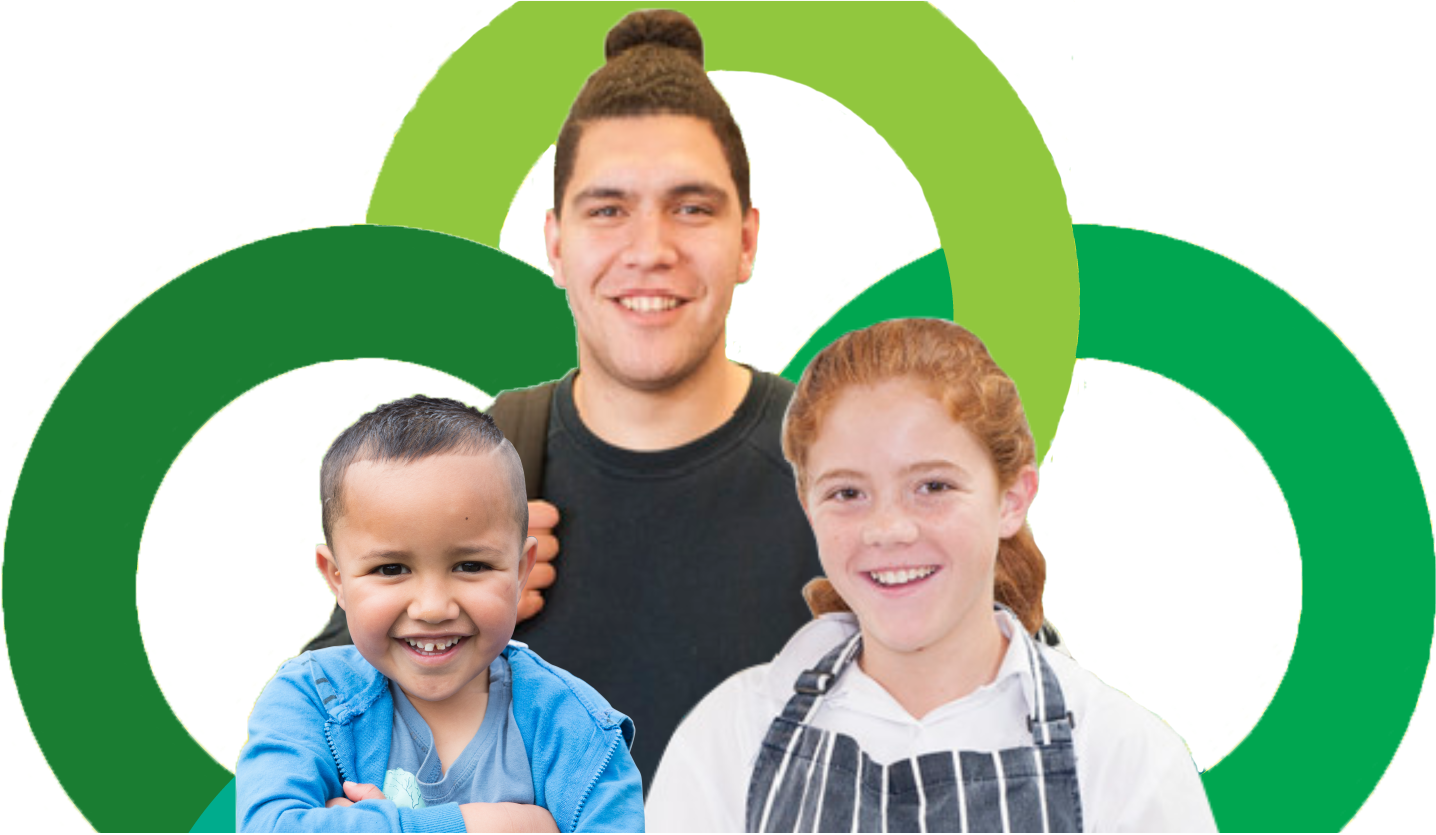
Make informed decisions about the role of the gifted education coordinator and the grouping of gifted learners in your Kāhui Ako, kura, school or early childhood setting.
The gifted education coordinator is the person who takes responsibility for all aspects of gifted provision throughout the kura, school. or early childhood setting. As outlined by Cathcart (2010) in Gifted programming made practical, the gifted education coordinator:
A register of gifted learners is needed for:
As not all gifted learners require an IEP or a Talent Development Plan, the gifted education register records how the school is helping these learners reach their potential. The gifted education team needs to decide how the register will be kept and the process for maintaining it.
The following suggestions for creating a register are adapted from Cathcart (2011):
Other New Zealand schools have made the following suggestions:
Possible functions of a gifted education register (adapted from Cathcart, 2011) are to:
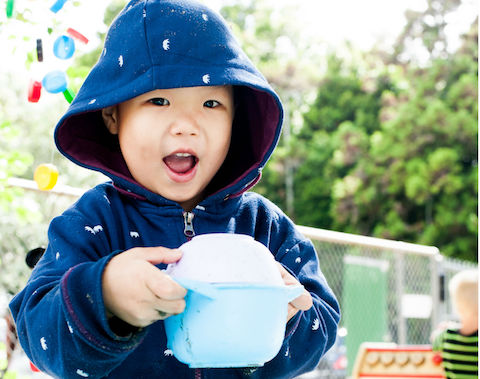
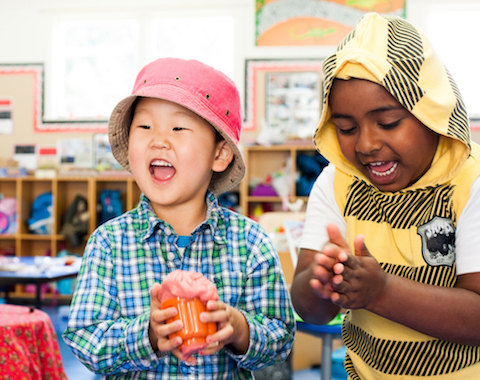
Realising the potential of gifted learners is a three-way partnership between:
Part of the gifted education coordinator’s responsibilities is to establish and maintain positive relationships to support the realisation of gifted learner potential. For example, parents/whānau have a wealth of information about their gifted child that can be utilised in both the identification and the provision process.
Other schools have found the following ideas useful:
Being a GATE Coordinator
PDF, 82.35 KBChecklist for student profiles in secondary school GATE registers
DOCX, 108.76 KBCreating your GATE register
DOCX, 21.72 KBExample of Gifted and Talented register by Anne Sturgess
DOCX, 17.18 KBMinistry of Education, (2008). Nurturing gifted and talented children: A parent-teacher partnership
PDF, 6.76 MBSample Job Profile
PDF, 69.64 KBUsing your GATE register
DOCX, 14.68 KBA variety of ways of grouping learners are possible in Kāhui Ako, kura, schools and early childhood settings and can meet the need for gifted learners to work with others of similar ability or who have similar interests.
According to Biddick (2009), ‘Cluster grouping involves the placement of a group of gifted learners in one or more classrooms in their respective year group, with the remainder of students heterogeneously grouped’ (p. 78).
This gives learners regular opportunities to work with others of similar ability, where they will challenge each other, and gives teachers a group of gifted learners for whom they can adapt the curriculum. Where learners are not clustered, teachers can be faced with making adaptations for a single learner, which is time consuming and inefficient from a whole-school perspective.
Biddick, M. (2009).
Cross-age or multi-level grouping determines classroom placement based on learner achievement rather than on age or grade levels. Many New Zealand primary and intermediate schools organise themselves in syndicates or cohorts of classrooms across several levels, which makes the use of cross-age grouping possible for at least part of the day, often matched to learner strengths. Similarly, composite classes (of multiple levels) provide opportunities for learners to work at levels beyond their age expectancy. For in-class acceleration in multi-level classes, the gifted learner needs to be in the younger age range.
Cross-grouping cuts across classrooms, with learners moving in and out of their regular setting to one that enables further, in-depth pursuit of ability or interest areas. This capitalises on the strengths and interests of not only the learner, but also staff and community members. These groups may be academic in nature, such as a maths specialist working with a mixed-age group of high-ability mathematicians, or interest derived, such as a photography buff working with a group of budding photojournalists. The level at which these groups work should provide an appropriate challenge for all members of the group.
Steele, M. (2005).
DOCX, 32.76 KBLearners may be grouped flexibly within the classroom and across the school day, according to abilities and/or interests. Classroom groups can be flexible (temporary), rather than fixed. Coil (2007, p. 19) defines flexible grouping as ‘arranging for students to work together in variety of ways and configurations depending on the classroom activity and desired learning outcomes’.
She outlines three basic guidelines for flexible grouping:
Groups in the regular classroom may be formed as:
Groups can be formed based on:
Riley, T., Sampson, C., White, V., Wardman, J., & Walker, D. (2015). Set: Research Information for Teachers, 1(25), 25-33.
Ability grouping and mathematics education. Steele, M. (2005).
DOCX, 32.76 KBCo-operative learning report card
DOCX, 22.31 KBCo-operative learning report card Explanantion.
DOCX, 21.71 KBFlexible Grouping Article. Valentino, C. (2000).
DOCX, 26.74 KBCoil, C. (2007). Successful teaching in the differentiated classroom. Marion, IL: Pieces of Learning.
An innovative learning environment is an environment where the National Curriculum is being expressed in the way it is intended. It is capable of evolving and adapting as educational practices evolve and change, thus remaining future focused (Ministry of Education, n.d., para. 2).
Many kura/school/ECE settings/Kāhui Ako now include, or consist entirely of, ‘innovative learning environments’ (ILE) – large, open spaces designed to be used in flexible ways to provide for groups and individuals. They are usually equipped with up-to-date technologies and a variety of furniture. Several teachers may collaborate within the space and a pedagogical change from ‘traditional’, teacher-directed methodology is necessary for effective teaching and learning. Learners can be grouped in a multitude of ways and interact with more than one teacher. Quiet spaces are usually incorporated within the design.
Gifted learners can thrive in an ILE as long as their needs and strengths are recognised and provided for. The shift from teacher-directed learning suits many gifted learners, who can then work at their own pace, pursuing their particular interests, developing their strengths and working either with others or on their own. However, the teaching team must still monitor their progress, ensuring they have support when required and providing sufficient challenge to stimulate and inspire their learning. ILE are designed to be the centre of learning but learners can move beyond the classroom walls into the community or an online environment
Ministry of Education. (n.d.).
Ministry of Education. (n.d.).
To cater fully to the needs of gifted learners, kura/school/ECE settings/Kāhui Ako should utilise a range of different options beyond the regular classroom. Each year, the needs of gifted learners within your school will dictate which options you will need to implement.
This option involves grouping learners of similar interests or abilities during regular class time. A key advantage of a pull-out or withdrawal programme is the meeting of like minds, with opportunities to connect with other gifted learners.
Learners are removed from their regular classroom setting to be challenged in an area of strength or interest by classes with a specialist teacher, participation in a course, seminar or field trip, or through interaction with a visiting expert. Schools may vary this withdrawal time from an hour a week to a full day per week. It is common for schools to vary the focus, to reflect a range of learners’ interests. As learners may miss some other classroom opportunities or receive fragmented instruction, close communication between teachers is essential.
Some secondary schools find it is easier to run a pull-out programme during lunchtimes, or before or after school. This allows the learners to meet with each other and to build a relationship with the gifted education coordinator. In addition, the gifted education coordinator usually makes a time to meet with learners individually or in small groups.
It is important to note that withdrawal programmes are only one aspect of catering for gifted learners. Some staff may feel that if the gifted learner is in a withdrawal or pull-out programme then their needs are being met. However, this approach represents only one aspect of a holistic and comprehensive approach.
Livingstone, J. (2013).
DOCX, 22.80 KBSpecialised classes for gifted learners offer broader depth and complexity of subject matter than typical classrooms, usually at a faster pace. Sometimes telescoping (e.g., learners complete three years of work in two years) complements these classes. For success, a skilled teacher needs to work within full- or part-time classes for gifted learners, to ensure qualitative differentiation rather than ‘more of the same’.
These specialised classes could be run by schools in the same area, or within Kāhui Ako, so that learners have a chance to interact with gifted learners from other schools. Some gifted education coordinators arrange for different schools in the area to host an ‘enrichment day’ each term for gifted learners. These enrichment days use teachers or outside providers to run workshops on their passions or on topics that will extend gifted learners. It is important that these days are carefully planned and managed, to provide content and skills that are specific to this group.
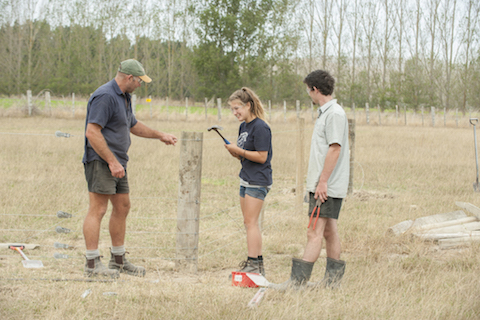
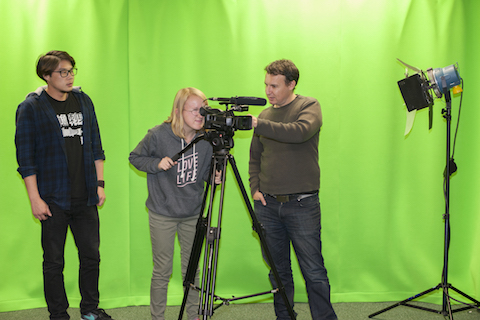
In this option, an experienced older student or adult (the mentor) is teamed with a student of similar interests and abilities (the mentee). Usually conducted outside school settings, this option may work best in conjunction with independent or small-group study. Mentorships are a good option for gifted learners, who often feel ‘like a square peg in a round hole’. Having a mentor from a similar cultural and socio-economic background can help learners relate to this role model. There needs to be a clear understanding of the intended purposes and outcomes. Health and safety issues must be considered carefully.
Mentors may be from any field of endeavour, such as business, industry, health, the arts or research. The role of the mentor is to both impart information about their skills or profession and nurture the social and emotional aspects of giftedness through empathetic companionship.
Also called dual enrolment, this programming option allows learners to enrol concurrently in either secondary or tertiary courses while still at primary, intermediate or secondary school.
This pathway could mean that learners could be learning online (e.g., through Correspondence School or an online university course) or attending lectures at another institution (e.g., some universities timetable lectures for after 4pm, to allow secondary learners to attend). It is important to give the learners a quiet place to work if they are working on a correspondence or online course during school hours.
Concurrent enrolment could be formal, with learners gaining qualifications at another institution, or for the purpose of enrichment, with the learners participating in the concurrent enrolment but not gaining credits.
Learners could also join online MOOCs (massive open online courses), which are run by some of the world’s most highly regarded universities.
Formal concurrent enrolment links:
Enrichment concurrent enrolment links:
Competitions allow gifted learners to compete or work with learners of like ability, as well as providing a higher level of challenge. They give learners an opportunity to pursue interests, demonstrate strengths and meet other gifted learners. Many schools participate in a range of competitions, including science fairs, examinations and technology challenges.
A member of the gifted education team should be responsible for searching in the Education Gazette for competitions or the Gifted Online Competitions page that may be of interest to gifted learners. These can then be put on display at a central point at the school or advertised on a GaTE Student Facebook (secondary level) or Edmodo page (primary level).
Riley, T. & Karnes, F.A.
University of New South Wales Global Ltd. (2017).
Ministry of Education. (n.d.).
Gifted and Talented Online - For students - CompetitionsBicknell, B. & Riley, T. (2012). APEX: The New Zealand Journal of Gifted Education, 17(1).
Ministry of Education. (n.d.).


Clubs, electives and cluster groups allow gifted learners to pursue their passions and work with like-minded learners. They can provide challenge and enrichment, as well as help teach team building and leadership skills.
Some points to consider when setting up these programmes:
The range of topics is vast, from stamp collecting, collaborative games, chess, literature, creating apps or games and photography, to debating, quilting, music appreciation, archery and forming a Toastmasters Young Gavel Club.
Links

The internet is changing the way teachers all over the world teach. With more and more learners bringing their own devices to school, it is becoming easier to personalise programmes for gifted learners and to have learners working on activities that are at their curriculum level rather than age level. For gifted learners, this can offer authentic learning experiences in the classroom, such as by enabling direct contact with experts in various fields, promoting social action or creating products such as websites.
For gifted learners, e-learning can provide easy access to resources at an advanced level. It can allow learners to adapt the pace and direction of their work to suit their learning needs. E-learning opportunities can be utilised inside the classroom or in the home environment.
Some schools have ‘flipped’ education and are using sites such as the Khan Academy, to ‘teach’ the learners the concepts and skills for homework, through watching the tutorials. Then the teacher works through practice exercises in the class with the learners so they can have assistance on hand.
Links: